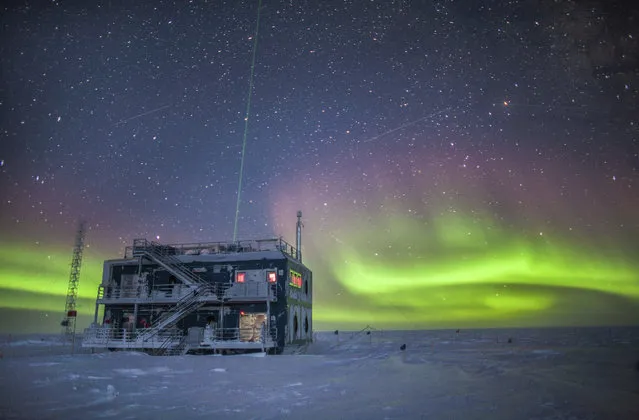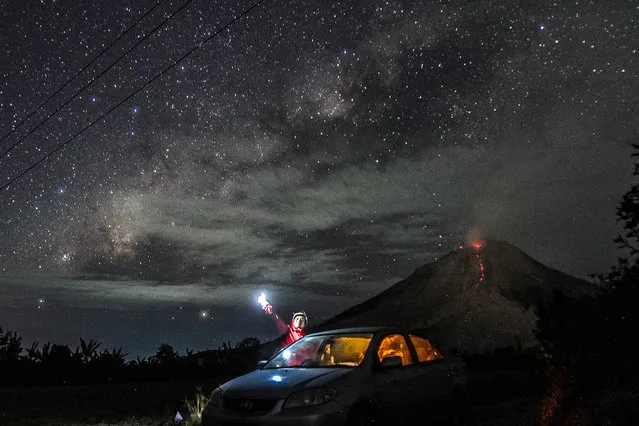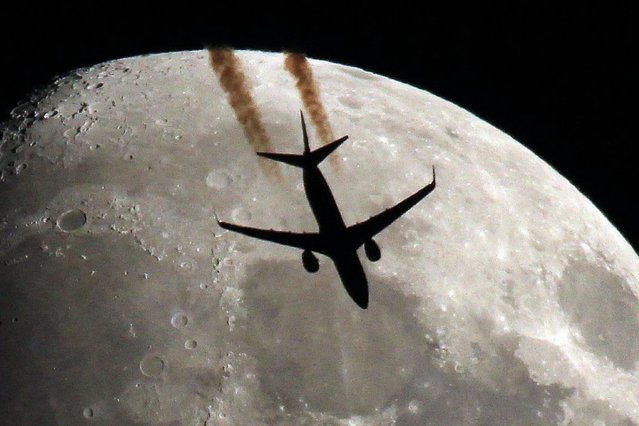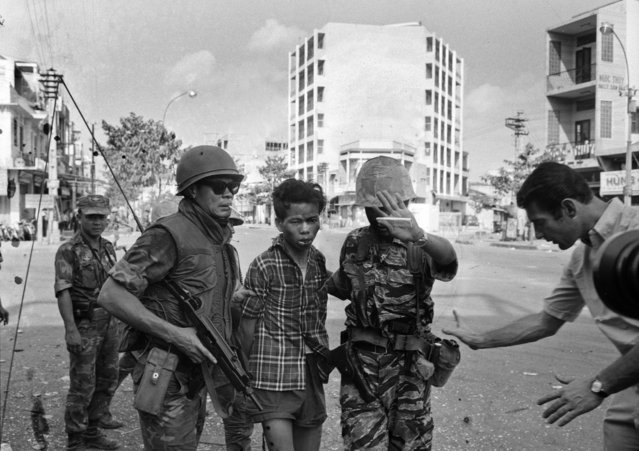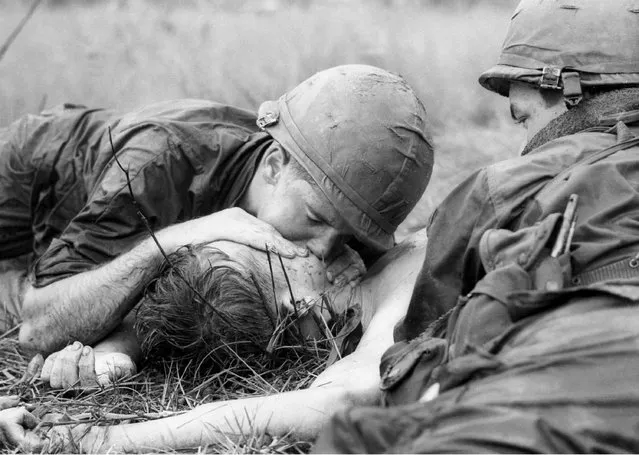
Pfc. Sebastian Rodriguez, machine gunner, Weapons Platoon, Lima Company, 3rd Battalion, 3rd Marine Regiment, Marine Rotational Force – Darwin, fires an M240 machine gun during a night squad-attack exercise, here, May 22, 2013. (Photo by Sgt. Sarah Fiocco/U.S. Marines)
17 Aug 2014 08:48:00,post received
0 comments

